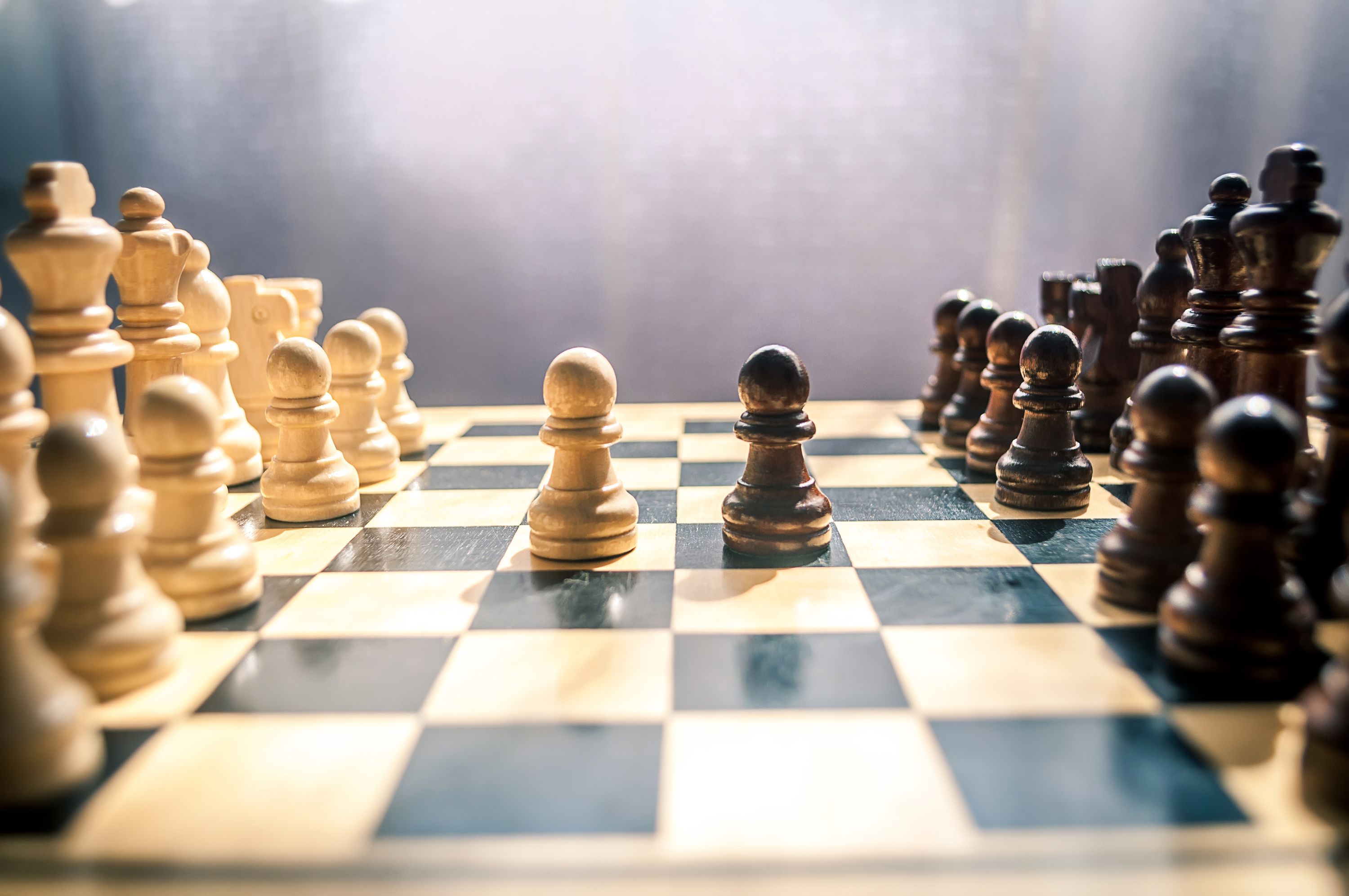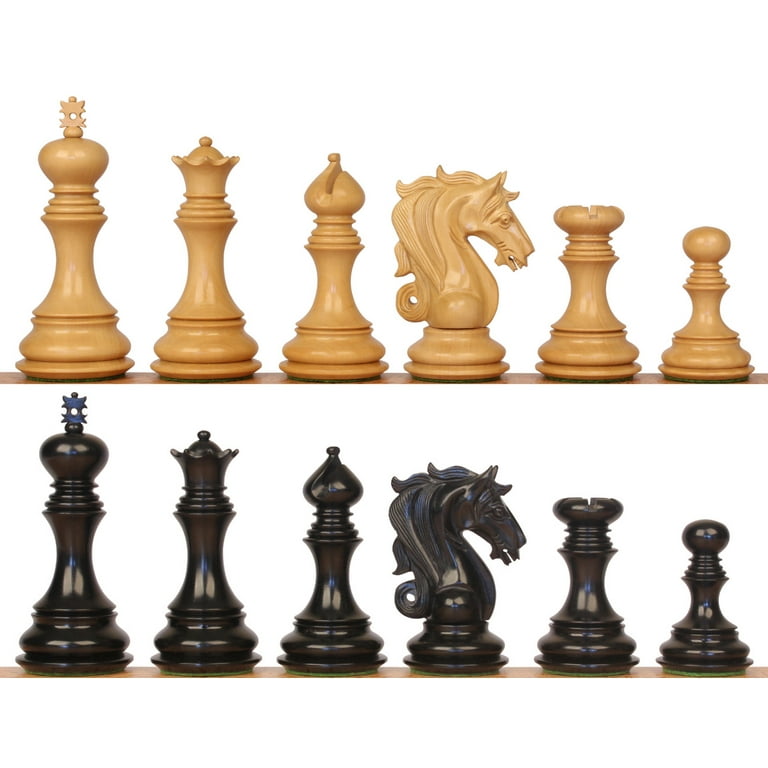Chess in Movies and Books: A Study
Wiki Article
Everything about Chess: Discover the Remarkable Background and Methods Behind the Game
Chess, with its beginnings dating back to sixth century India, has actually changed considerably over the centuries. This game has actually mesmerized minds worldwide, showcasing the brilliance of legendary players like Garry Kasparov and Bobby Fischer. Comprehending the details of chess, from the motions of each item to vital methods, exposes its depth. The inquiry stays: what drives the enduring attraction with this old game? Exploring its history and strategies may discover much deeper understandings.The Beginnings of Chess: A Trip Via Time
The exact beginnings of chess continue to be uncertain, historic proof suggests that the game developed from earlier approaches played in India around the 6th century. Referred to as Chaturanga, this very early form of chess featured items representing infantry, cavalry, elephants, and chariots, mirroring the military strategies of the time. As Chaturanga spread with trade courses, it adapted to numerous societies, leading to the development of Shatranj in Persia. This alternative presented brand-new guidelines and piece movements, laying the foundation for modern-day chess.Chess Prodigies: Noteworthy Figures in the Game's History
Throughout chess history, amazing prodigies have actually emerged, forming the game's landscape and motivating future generations. From famous champs who dominated the boards in their time to contemporary talents redefining the limits of young people and skill, these players have actually made enduring marks on the sport. Their tales highlight not only individual sparkle but likewise the evolving nature of chess as an affordable undertaking.Epic Chess Champions
Chess has actually been formed by the brilliance of countless fabulous champions whose contributions have actually left an enduring mark on the game. Figures like Garry Kasparov, recognized for his dynamic design and unmatched calculated depth, dominated the chess globe throughout the late 20th century. Anatoly Karpov, his opponent, showcased exceptional positional understanding and mental expertise, safeguarding several world titles. Bobby Fischer, an American prodigy, transformed chess with his unequaled talent and extreme emphasis, finishing in his 1972 Globe Championship success. Furthermore, José Raúl Capablanca's natural capacity and endgame mastery set brand-new criteria in the early 20th century. These champions not just succeeded in competitors however also motivated generations, forming chess into an international sensation commemorated for its intellectual roughness and virtuosity.Modern Prodigies
What makes a chess prodigy genuinely amazing? The capability to understand complicated approaches at an astonishingly young age establishes them apart. Modern chess prodigies like Magnus Carlsen, Fabiano Caruana, and Alireza Firouzja have actually mesmerized audiences with their extraordinary talent. Carlsen, coming to be a Grandmaster at just 13, redefined expectations and ascended to World Champion status. Caruana, understood for his deep preparation and tactical prowess, has actually continually challenged the elite. Firouzja, birthed in 2003, stands for the new generation, combining creativity with unrelenting passion. These players exhibit a mix of inherent ability, strenuous training, and mental fortitude, influencing the game's advancement. Their contributions ensure that chess stays a vibrant and vivid discipline, motivating future generations of players worldwide.Comprehending the Chessboard: Pieces and Their Motions
The chessboard acts as the battlefield where complicated techniques unfold, including an unique collection of pieces, each with distinct activities and functions. Comprising 64 squares organized in an 8x8 grid, it is home to the king, queen, rooks, knights, bishops, and pawns. The king, one of the most crucial item, relocates one square in any kind of direction, while the queen, one of the most powerful, can pass through any kind of variety of squares up and down, horizontally, or diagonally. Rooks relocate straight lines, whereas diocesans move diagonally throughout the board. Knights have an unique L-shaped motion, jumping over other items. Pawns progress one square but capture diagonally, with the choice to relocate two squares forward on their initial action. Each piece's motion adds to the elaborate dancing of approach and tactics, making the chessboard a dynamic phase for intellectual fight. Understanding these motions is essential for gamers intending to navigate the intricacies of the game.
Vital Techniques for Beginners: Tips to Enhance Your Game
Understanding the motions of chess items lays the groundwork for creating efficient strategies. For newbies, concentrating on controlling the facility of the board is necessary. This enables higher movement and impact over the game. Creating items early, as opposed to moving the exact same piece multiple times, can aid develop a strong placement.In addition, gamers need to prioritize king safety and security by castling early, making certain the king is stashed from risks. Recognizing tactical opportunities, such as forks, pins, and skewers, can give advantages in material gain. It is likewise crucial to think ahead; expecting a challenger's actions fosters better defensive and offensive play.
Finally, keeping a well balanced technique in between hostile and defensive approaches can stop unnecessary errors. By implementing these basic techniques, novices can boost their gameplay and develop a strong structure for future renovation in chess.
Advanced Techniques: Boosting Your Chess Abilities
In the domain of chess, understanding innovative strategies can considerably boost a gamer's ability. Recognizing tactical patterns, grasping endgame techniques, and recognizing opening concepts are essential components that boost one's game. These components not just enhance overall efficiency but also foster much deeper calculated thinking.
Tactical Patterns Recognition
Identifying tactical patterns is necessary for elevating chess skills to a higher degree. Gamers who understand these patterns can determine possibilities for tactical maneuvers, enhancing their opportunities of success. Common patterns consist of forks, pins, skewers, and found assaults, each offering calculated benefits when carried out efficiently. Comprehending these motifs allows players to anticipate their challenger's relocations and counter them successfully. In addition, examining timeless games can disclose just how masters utilized tactical patterns to safeguard triumphes. Normal method and analysis of one's very own video games can even more reinforce pattern acknowledgment, enabling players to react quickly and properly during suits. Eventually, sharpening this ability transforms the strategy to chess, connecting the void between amateur and innovative play.Endgame Strategies Mastery
otherReliable endgame approaches can considerably affect the outcome of a chess match, commonly figuring out the difference in between a win and a draw. Advanced players understand the significance of piece sychronisation and the usage of pawns in the endgame. Secret tactics consist of advertising pawns to queens and producing passed pawns that can advance unobstructed. Recognizing crucial placements, such as the resistance and zugzwang, is vital for accomplishing advantageous setups. Mastery of endgame methods, such as king and pawn versus king circumstances, can turn possible losses right into attracts or wins. Players must also focus on streamlining the placement when in advance, trading items to transform material advantages right into victory. Continual method and analysis of endgame settings will raise a gamer's total chess skills considerably.
Opening Principles Recognizing
Mastering endgame techniques lays a strong foundation for understanding opening principles. In chess, the opening stage is important as it sets the phase for the middle game. Chess. Players ought to prioritize control of the center, establishing items effectively, and ensuring king safety. Efficient openings usually entail moving pawns to develop main dominance while working with small and significant items for top activity. The concepts emphasize not relocating the exact same piece numerous times without need and staying clear of early queen development, which can result in susceptability. By adhering to these foundational methods, players can develop a strong structure that enhances their tactical chances later on in the game. Comprehending these opening up concepts is crucial for elevating one's chess skills and attaining success
The Social Effect of Chess: Why It Issues Today
Chess, a game with roots tracing back over a millennium, continues to exert a profound social influence across the globe. It goes beyond plain enjoyment, offering as a tool for education, essential reasoning, and social interaction. Lots of educational establishments incorporate chess right into their curricula, advertising cognitive development and tactical thinking among pupils. The game additionally promotes inclusivity, bringing with each other varied communities and motivating intergenerational connections.In addition, chess has actually permeated pop culture, inspiring literature, films, and even fashion. Renowned figures like Bobby Fischer and Garry Kasparov have actually ended up being cultural signs, illustrating the game's capacity for individual and nationwide satisfaction. In the electronic age, online systems have even more democratized access to chess, making it possible for millions to involve with the game. As culture faces complex challenges, chess remains relevant, supplying lessons in perseverance, foresight, and resilience, therefore reinforcing its importance in modern society and day-to-day live.
Regularly Asked Inquiries
How Has Chess Influenced Pop Culture and Media?
Chess has actually considerably affected pop culture and media, showing up in movies, literary works, and art. It symbolizes intelligence and technique, inspiring stories and personalities while promoting themes of dispute, competition, and the human experience.What Are the Conveniences of Playing Chess for Mental Wellness?

Exist Various Chess Variations Played Around the Globe?
Yes, various chess variations are played worldwide, consisting of Bughouse, Chess960, and Three-check chess. Each variant introduces unique guidelines and techniques, offering gamers with varied experiences and obstacles that differ from typical chess.How Do Chess Engines and AI Effect Modern Chess?
Chess engines and AI considerably improve contemporary chess by providing innovative analysis, boosting gamer abilities, and influencing strategies. They act as training tools and competitors aids, changing just how gamers approach the game at all degrees.What Prevail False Impressions About Chess Athletes?
Typical mistaken beliefs regarding chess players consist of the belief that they are all introverted geniuses, exclusively concentrated on approach. Chess. In reality, players differ significantly in click here for more individuality, background, and technique, commonly enjoying social communications and varied interestsReport this wiki page